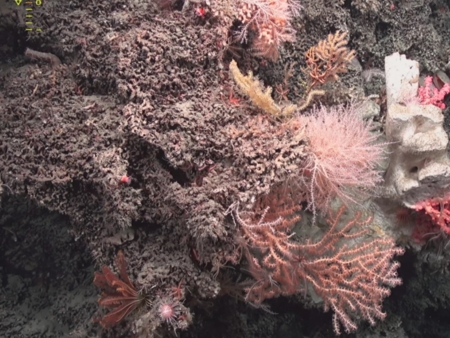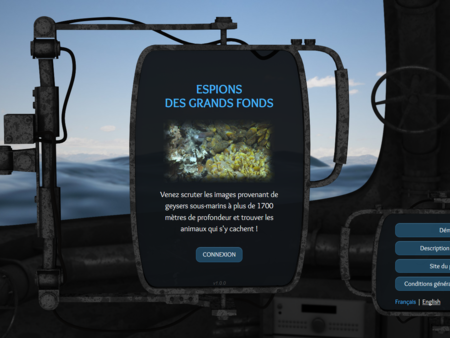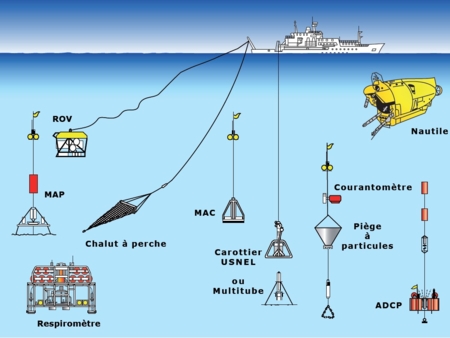Niche partitioning in the Rimicaris exoculata holobiont: the case of the first symbiotic Zetaproteobacteria
Paru dans Microbiome
Cambon-Bonavita, M.A., Aubé, J., Cueff-Gauchard, V., Reveillaud, J. (2021)
Free-living and symbiotic chemosynthetic microbial communities support primary production and higher trophic levels in deep-sea hydrothermal vents. The shrimp Rimicaris exoculata, which dominates animal communities along the Mid-Atlantic Ridge, houses a complex bacterial community in its enlarged cephalothorax. The dominant bacteria present are from the taxonomic groups Campylobacteria, Desulfobulbia (formerly Deltaproteobacteria), Alphaproteobacteria, Gammaproteobacteria, and some recently discovered iron oxyhydroxide-coated Zetaproteobacteria. This epibiotic consortium uses iron, sulfide, methane, and hydrogen as energy sources. Here, we generated shotgun metagenomes from Rimicaris exoculata cephalothoracic epibiotic communities to reconstruct and investigate symbiotic genomes. We collected specimens from three geochemically contrasted vent fields, TAG, Rainbow, and Snake Pit, to unravel the specificity, variability, and adaptation of Rimicaris–microbe associations.










